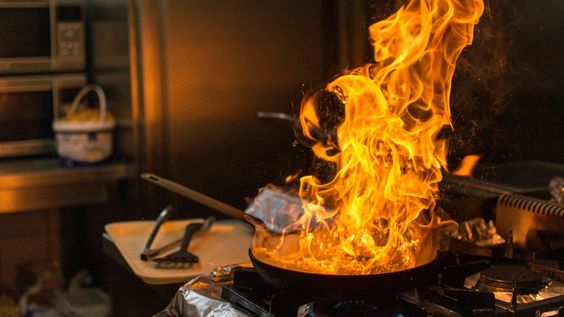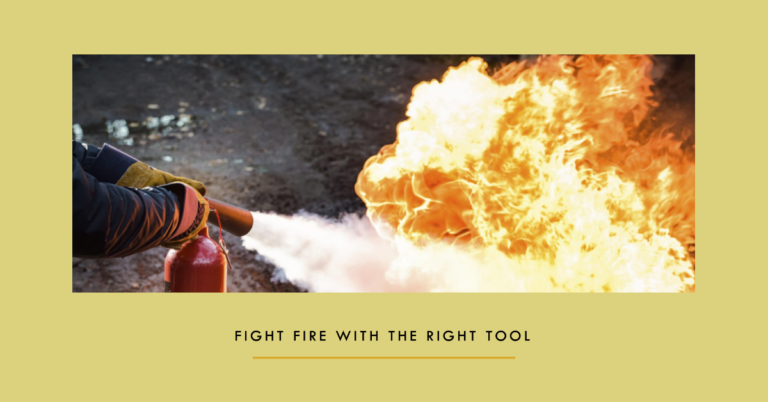Last Updated on March 25, 2024 by Allen
Fire extinguishers should be inspected by an expert every year, and should receive a visual inspection every month. To guarantee their effectiveness, test fire extinguishers monthly. Check the pressure gauge, look for damage like dents or leaks, and make sure the safety pin is secure. Shake gently to prevent powder from settling and clear the nozzle. Annually, confirm the pressure gauge, inspect for damage, and clear any obstructions. After use, assess for damage or agent depletion and promptly address issues. Visually inspect for wear, check seals, and verify legible instructions. Schedule professional inspections for thorough maintenance. Properly maintained extinguishers are vital for safety and readiness.

Monthly Inspections
Make sure to check your fire extinguisher every month to confirm it’s in working condition. Start by inspecting the pressure gauge to ensure it shows the proper pressure level. Check for any visible signs of damage, such as dents, corrosion, or leakage.
Confirm that the safety pin is intact and the tamper seal is unbroken. Shake the extinguisher gently to prevent the powder from settling. Verify that the nozzle is unobstructed and free from any debris.
Annual Maintenance Checks
When performing yearly maintenance inspections on your fire extinguisher, make sure that you follow these essential steps.
- Start by checking the pressure gauge to make certain it’s within the recommended range.
- Inspect the extinguisher for any signs of damage, corrosion, or leakage.
- Verify that the pull pin is securely in place and the tamper seal is intact.
- Ensure the nozzle is clear of any obstructions that could hinder the discharge of the extinguishing agent.
- Shake the extinguisher gently to prevent the powder from settling.
- Lastly, review the maintenance tag to confirm when the most recent professional inspection was conducted.
After Each Use
After using a fire extinguisher, promptly assess its condition for any damage or depletion of the extinguishing agent.
Inspect the extinguisher for any visible signs of leakage, corrosion, or physical damage to the body or nozzle. Make sure that the safety pin is intact and the pressure gauge shows the correct pressure levels.
If the extinguisher has been partially or completely discharged, even if just a small amount, it should be serviced or replaced immediately. Remember, even a partial discharge can impact the extinguisher’s effectiveness in case of a future fire emergency.
It’s essential to have the fire extinguisher fully operational at all times, so don’t delay in addressing any issues that arise after its use.
Visual Inspections
Assess the fire extinguisher through visual inspections for any signs of damage or wear that may impact its functionality. Regularly check for dents, corrosion, leaks, or clogged nozzles. Confirm the pressure gauge shows the correct pressure levels.
Look for any tampering or missing safety seals. Verify that the pull pin is intact and the handle isn’t broken. Inspect the hose for cracks or stiffness. Validate that the operating instructions are visible and legible.
Clean off any dirt or dust that could hinder visibility. Make sure the extinguisher is in its designated place and easily accessible. If you notice any issues during your visual inspection, take immediate action to address them.
Professional Inspections
For thorough maintenance and safety assurance, schedule professional inspections of your fire extinguishers regularly. Professional inspections are essential to make sure that your fire extinguishers are in proper working condition and ready to be used in case of an emergency.
During these inspections, trained professionals will thoroughly examine the extinguisher for any signs of damage, leakage, or other issues that may affect its functionality. They’ll also check the pressure levels, inspect the seals, and verify that the extinguisher is the correct type for the specific hazards in your environment.






